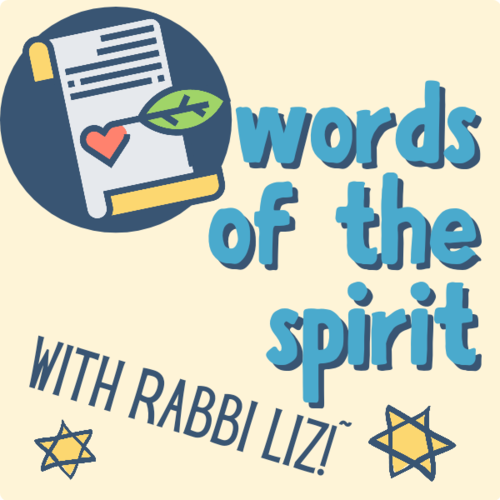Tishrey - A Month for Reconciliation, Remembrance, Recommitment
01/10/2024 09:00:44 PM
| Author | |
| Date Added | |
| Automatically create summary | |
| Summary |
Tishrey - A Month for Reconciliation, Remembrance, Recommitment
There are so many features of the High Holiday, including themes, that resonate or overlap with our “other” civilization. In Reconstructionist-speak, drawing from the work of Rabbi Mordecai M. Kaplan, we live in two civilizations, our civic and Jewish cultures. So while there is no secular new year in September, it is a time when many things begin anew.
Our schools fill up with students, staff and teachers launching a new year of learning, youngsters start school altogether. Our political assemblies reconvene. The natural world gets in on the act, too, as seasons shift, in our hemisphere heading from hot-warm to cool-cold. We shift what we wear – who else grew up with “no white after Labour Day,” even if it was just a quirky remnant of someone else’s cultural practices?
Last week, Exploring Judaism students at ORH were surprised to learn that our Jewish civilization’s new year does not even happen in the first month of the year! Technically, the month in which Passover occurs, nisan, is Jewish month #1, and in many respects this is logical. Spring is when we bear witness to the basic renewal of the earth, its annual rebirth through growth and greenery. And although the term in Hebrew, rosh hashanah, literally means the “head” of the year, we still call it the “new” year in English.
Beyond the calendar, I’m struggling – and perhaps you are as well – to discern how we shall celebrate renewal this year. To quote from a beloved Marge Piercy passage in our prayerbook, “in the midst of a burning world” how shall we connect to themes of repentance, rebirth, remembering, and others?
The challenge feels vast. No one disputes that our Jewish communal landscape has transformed enormously since the fall of 2023, even as we were still emerging, along with the rest of the planet, from a massively altered global pandemic landscape. While October 7th is a secular date, it also occurred last year on 22 Tishrey, at the tail-end of the fall holy day season. So no span of fall dates in either of our civilizational calendars remains untouched by the impact of the unholy, horrifying events of last year at this time.
In a way, the answer is simple: we do what we always do. Sing special melodies, evoke season-specific metaphors, show up, connect, be together – and, on Yom Kippur, defy those social norms and wear white!
This is what we do best, bring in principles and practices we cherish and wish to sustain from our surroundings and bring them to bear on the values embedded in Judaism. On Rosh Hashanah, we insert a sequence of three themes: malkhuyot (ruling), zikhronot (recalling), and shofarot (calling). Each of those words can be translated or interpreted in several ways. We enshrine this multivocality when we observe our own custom of hearing three members’ interpretations of the themes’ meanings.
Collectively and personally, let’s make this month a time for Reconciliation, Remembrance and Recommitment. Each one of the core themes brings resonance to the season’s national observance of the National Day of Truth and Reconciliation with the original peoples of this land. And each of them can open a pathway to shared as well as individual ways of honouring, grieving and acting for justice and peace.
Rabbi Deborah Waxman, President of Reconstructing Judaism, offers this blessing for the year:
“In 5785, as the poet Yehuda Amichai wrote, let peace break out like wildflowers. Let us all find comfort for our pain and let us work to ease others’ pain – Israelis, Palestinians, and all who are suffering. Let us listen deeply and act from wisdom. Let us build up covenantal community across our differences, so that we can, in this day and age, make God’s presence manifest in our actions. Shanah tovah umetukah – a sweet and healthy new year, full of peace and blessings.”
Amen
Mon, 16 June 2025
Special Messages from the Rabbi
Privacy Settings | Privacy Policy | Member Terms
©2025 All rights reserved. Find out more about ShulCloud







